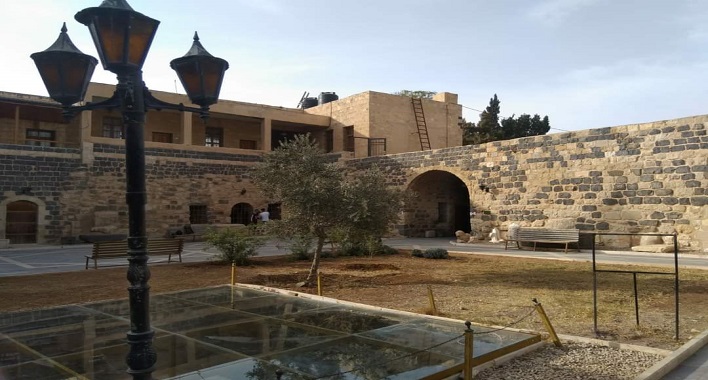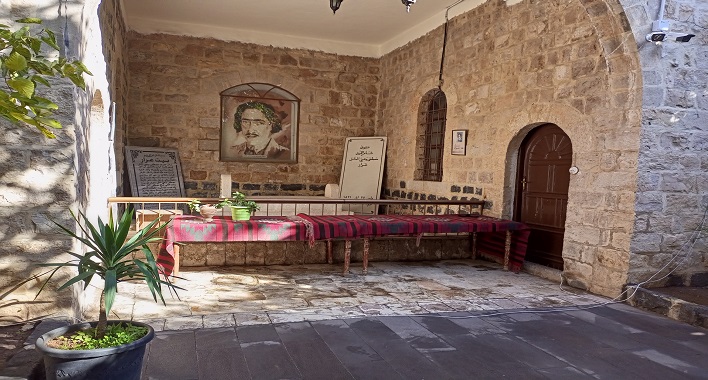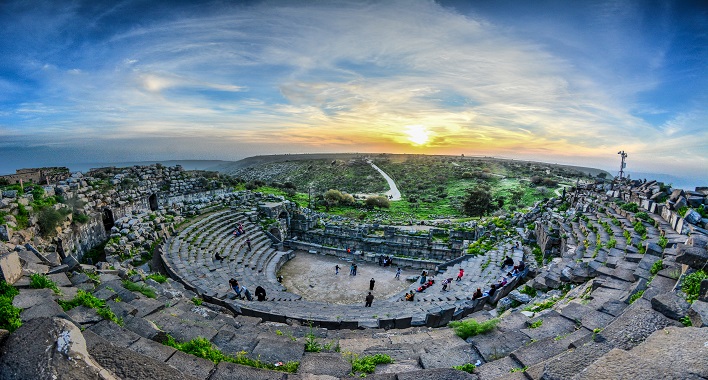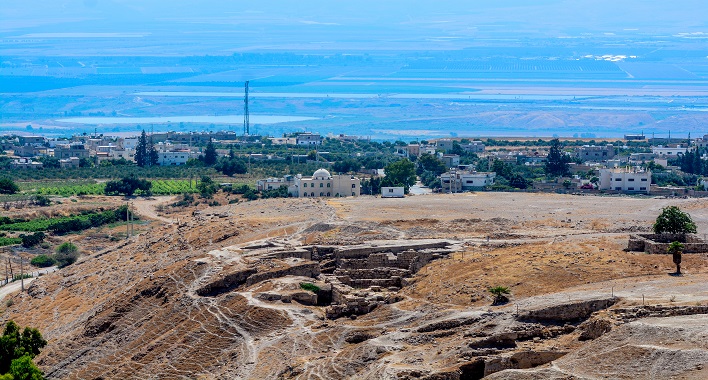Dar Al Saraya Museum
Dar As-Saraya, a castle originally built by the Ottomans on the southern side of the hill in the middle of the 19th century. Its plan resembles castles and caravansaries founded by the Ottomans. An inscription above the southern gateway is dated with the year 1304 H. (1886 AD) implying that the castle became the new Governor's House (Dar As-Saraya) after that date. The castle has been consistently renovated since being initiated by the Department of Antiquities in 1994. If you’re into heritage this is an important stop for you.


Arar Cultural House/ Beit Arar
Beit Arar is considered a house of one of the most important national figures; the Jordanian poet Mostafa Wahby Al Tal, with some of his writings present to be viewed by visitors. This site is well prepared to host the visitors who want to know about the cultural history of the kingdom, and also contains memorials for the poet and some information about his personal life.
Battle of Yarmouk
110 KM away from Amman this location tells the tale of the Byzantine Empire colliding with Muslim Arab forces. Considered an important religious site, tourists are encouraged to visit as the location as it overlooks a beautiful landscape of the Golan Heights, Tiberias, and Nazareth.

Umm Qais/ Gadara
An old archaeological site that reveals the spectrum of Greek and Roman presence in Jordan, the site of Umm Qais is a great place to slowly trek through the ruins of yesteryear. Built out of black volcanic rock, the site is also the known location of the famous miracle of the Gadarene swine. Umm Qais (known also as Gadara) was renowned in its time as a cultural center. It was the home of several classical poets and philosophers, including Theodorus, and was once called “new Athens” by another poet. Perched on a splendid hilltop overlooking the Jordan Valley and the Sea of Galilee, Gadara is known today as Umm Qays, and boasts an impressive colonnaded street, a vaulted terrace, and the ruins of two theatres. You can take in the sights and then dine on the terrace of a fine restaurant with an astonishing view.
Tabaqat Fahl (Pella)
Pella is a favourite of archaeologists as it is exceptionally rich in antiquities, some of which are exceedingly old. Besides the excavated ruins from the Graeco-Roman period, including an Odeon (theatre), Pella offers visitors the opportunity to see the remains of a Chalcolithic settlement from the 4th millennium BC, the remains of Bronze and Iron Age walled cities, Byzantine churches and houses, an Early Islamic residential quarter, and a small medieval mosque.


